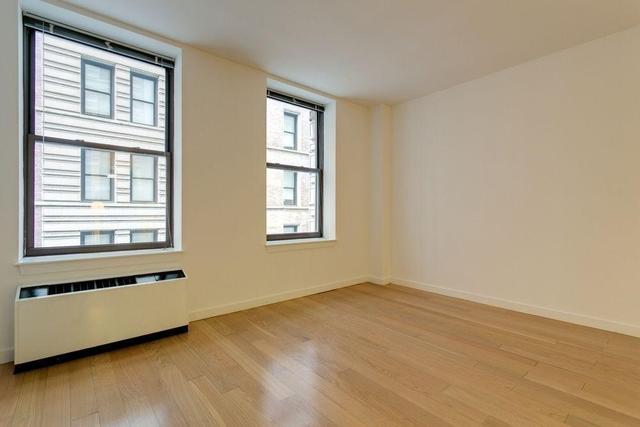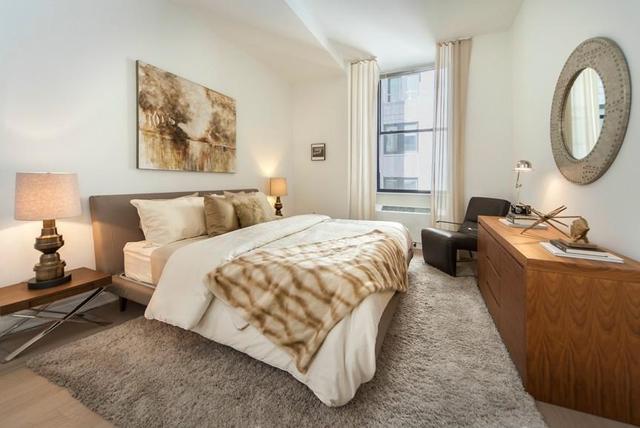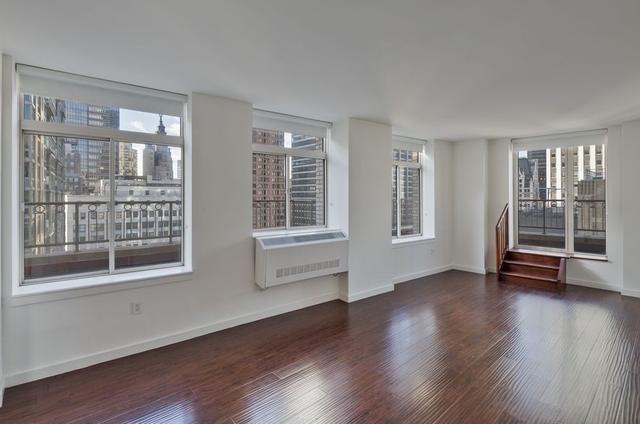
Off Grid Homes: What They Are and How to Build Them
By: ROS Team
Intrigued by the idea of living off the grid? You’re in good company. A 2019 study found that between 180,000 and 750,000 households in the United States are already living an off-grid lifestyle. But is going off the grid the right choice for you?
In this blog series, we’ll explore the ins and outs of off the grid homes, covering everything from the benefits and challenges to the different types of systems you’ll need to consider.
What Are Off Grid Homes?
Off grid houses are residences that work independently from normal utility systems and use other alternative methods of generating power, supplying water, and managing waste rather than relying upon the usual electricity, water, or gas services.
In addition, these homes commonly depend on renewable energy sources such as solar panels, wind turbines, and hydroelectric generators for power generation while rainwater harvesting and well systems provide water.

Types of Off Grid House
1. Tiny Homes
The main draw of tiny homes is that they use less heating and cooling energy, therefore considered the best choice for off-grid living conditions. They can be made from various materials like wood, straw bales, or even shipping containers.
2. Earthships
Earthships are homes that are as sustainable as possible. Made by using natural and recycled materials dug into the earth, these houses mostly rely on wind and solar energy to generate electricity.
3. Log Homes
Log cabins have always been a good choice for off-grid living. They can also be very environmentally friendly while still providing a rustic and natural look.
4. Cob Houses
With mud, sand, clay, and water being its constituents, cob houses are affordable to build and can conserve energy.
5. Straw Bale Houses
Straw bale houses are made from bales of straw that are covered in plaster. They are very well-insulated, and they can be very affordable to build.
Key Components of Off Grid Homes
Here are the key components to consider for a successful off grid house:
-
Energy Generation
This is perhaps the most crucial aspect of off-grid living. You’ll need a reliable way to generate your electricity. Solar panels are a popular choice, but wind turbines, micro-hydropower, or even biofuels can also be part of the solution.
-
Water Management
Since you won’t be connected to a municipal water supply, you’ll need to find a way to collect and store your water. Rainwater harvesting is a common strategy, but depending on your location, you might also consider wells or springs.
-
Food Production
Growing your own food is a great way to become more self-sufficient and ensure a steady supply of fresh produce. Off-grid living often means working with the land in a more hands-on way, so prepare for gardening, raising animals, or both.
-
Waste Management and Composting
Off-grid living necessitates finding ways to manage waste without relying on municipal trash collection. Composting food scraps and yard waste is a great way to create nutrient-rich soil for your garden.
-
Shelter
Your off-grid home should be designed for energy efficiency and durability. Consider using sustainable building materials and techniques to minimize your environmental impact.
Pros and Cons of Off-Grid Living
Those who long for independence, sustainability, and freedom from utility bills are attracted by off-grid houses. But before you jump into your vehicle and drive to the mountains, it is necessary to assess the advantages and disadvantages.

Pros:
- Energy Independence: Generate your own electricity! This can include solar panels, wind turbines, or even a mix of both thus setting one free from grid connection and fluctuating energy prices.
- Reduced Environmental Impact: Produce green power while reducing dependence on resource-heavy infrastructure.
- Self-Sufficiency: Cultivate your food, collect your water, and sort out your waste – a self-reliant route.
- Cost Savings: Over time, reduced utility fees coupled with a more frugal lifestyle can result in significant financial benefits.
- Connection with Nature: Shut yourself away from the urban life full of noises and enjoy the nearby wilderness in verdant quietness.
Cons:
- High Initial Investment: Setting up an off-grid system with solar panels, water collection, and potentially backup generators requires a substantial upfront cost.
- Maintenance and Technical Knowledge: Off-grid systems require regular maintenance and troubleshooting. Be prepared to learn new skills or factor in professional help.
- Limited Energy Consumption: Off-grid systems may not be able to support high-powered appliances. Adjustments to your lifestyle may be necessary.
- Weather Dependence: Solar and wind power generation can be unreliable in certain weather conditions. Backup systems or alternative energy sources might be needed.
- Isolation and Social Considerations: Off-grid living often means living further away from communities. Consider your social needs and potential feelings of isolation.
How to Build an Off Grid Home?
Building off grid home requires careful planning and a deep dive into several key areas. Here’s a roadmap to get you started:
Location, Location, Location!
- Research local regulations and permits for off-grid living.
- Consider factors like sun exposure for solar power, wind patterns, and access to water sources.
Design with Efficiency in Mind
- Focus on a smaller, well-insulated home for reduced energy needs.
- Explore passive heating and cooling techniques to minimize reliance on mechanical systems.
Power Up!
- Solar panels are a popular choice, but research backup options like generators or alternative energy sources like wind turbines (if wind conditions permit).
- Size your system based on your estimated energy consumption.
Water Woes? No More!
- Rainwater harvesting is a common strategy, but wells or springs might be viable depending on your location.
- Factor in water storage and purification systems.
Waste Not, Want Not!
- Implement composting systems to manage food scraps and yard waste, creating nutrient-rich fertilizer for your garden.
Building Smarts
- Explore sustainable building materials like recycled content or locally sourced wood.
- Consider hiring experienced professionals for complex aspects like system installation or structural engineering, while tackling what you can DIY.
Do You Need Money to Live Off the Grid?
While money can certainly make off-grid living easier, it’s not an absolute necessity. Resourcefulness through work exchanges, community living, finding free land, and utilizing rainwater collection methods can pave the way for a self-sufficient off-grid lifestyle.

How to Live off the Grid With No Money?
Do a Work Exchange: Companies such as Worldpackers help you connect with these rural communities, where you can earn your stay. This way, you will acquire new skills, get some advice from experienced residents, and at the same time have an opportunity to stay for free while contributing towards their projects.
Join an Off-Grid Community: Eco-villages or established off-grid communities may provide places to live in exchange for work done on them and probably even a meal or two. Thus, this is like a guide to self-sufficiency while having others who understand what it means to be one.
Find Low-Cost or Free Land: There might be public lands and government programs that offer opportunities for homesteading on a tight budget. You may consider possibilities such as long-term rental deals or caretaking positions available on private property which do not require payments for housing units. Always remember to look into any legal questions and restrictions so as not to regret them later.
Collect and Filter Water: Rainwater harvesting is a simple, free method of water collection; be imaginative with funnels, tarps, and storage barrels when setting up your own system. Proper filtration is critical though there are budget ways like ceramic filters or sand filters to clean up the rainwater gathered by you.
Famous Off-Grid Living Communities
1. Twin Oaks Community, Virginia (USA)
Established in 1967, Twin Oaks is one of the oldest and well-known intentional living communities in the US. Residents there share resources, income, and decision-making, and they focus on sustainability and social justice.
2. The Ecovillage at Ithaca, New York (USA)
Founded in 1991, The Ecovillage at Ithaca is a model for sustainable living. They focus on renewable energy, organic farming, and community-based living.
3. Freedom Cove, Canada
This unique community is a collection of floating homes off the coast of British Columbia, Canada. Residents there harvest rainwater, use solar power, and live a life connected to the ocean.
4. Finca Bellavista Treehouse Community, Costa Rica
Nestled in the Costa Rican rainforest, this community features treehouse dwellings and a focus on ecotourism and sustainable living.
5. Tinkers Bubble, England
This small off-grid community in England emphasizes self-sufficiency and uses sustainable practices like natural building techniques and on-site food production.
What States Allow Off-Grid Living in the US?
There isn’t a single switch for “allowing” off-grid living in the US. Instead, it depends on state and local regulations. Some states are more relaxed with building codes and permit requirements, making them more favorable for off-grid setups. Here are some states that tend to be friendlier to off grid homes:
Southern States: Alabama, Tennessee, Georgia, Texas, Louisiana
More Temperate Options: Colorado, Oregon, North Carolina
So, Is It a Good Idea to Live off the Grid?
Off grid lifestyle could be appropriate for individuals looking for self-sufficiency, eco-friendliness, and simplicity in life. Still, it requires proper planning, hard work as well as adaptability to challenges. Analyzing your skills as well as budgeting will enable you to weigh benefits against drawbacks thus enabling you to make an informed decision whether this way is right for you or not.
Off Grid House: FAQ’s
How Much Does Off-Grid Living Cost?
The price tag of off the grid homes can vary widely depending on your desired level of comfort. Expect a range of $10,000 to $500,000 for land, shelter, and setting up your own utilities, but remember, lower upfront costs often mean a more basic lifestyle.
Is Off Grid Living Similar to Homesteading?
Off-grid living is a subset of homesteading. Homesteading focuses on self-sufficiency, often including growing food and raising animals, while off-grid living specifically refers to being independent of utility grids for electricity and water.
Where Are Off-Grid Homes More Common?
Off-grid homes are more common in rural areas with factors like affordable land, access to sunshine for solar power, and less stringent regulations compared to urban or densely populated areas.
Is It Legal to Live Off-Grid?
Living off-grid itself isn’t illegal in the US, but regulations vary by state and locality. It’s crucial to research local codes to ensure your off-grid setup complies with building codes, waste management, and any restrictions on rainwater collection or alternative energy sources.
Do You Pay Taxes if You Live off the Grid?
Living off-grid doesn’t exempt you from all taxes. You’ll likely still owe property taxes on your land and potentially sales tax on any necessary purchases you make.
Do Off Grid Homes Require Insurance?
While off-grid living may minimize your reliance on certain services, insurance is still highly recommended for off-grid homes. It can protect you from financial burdens due to fire, theft, or weather damage, providing peace of mind for your self-built haven.
Read Also:
What is a Carriage House
Exploring Cube Houses in Rotterdam
Exploring Tiny House Communities
Brownstone Houses & Why Are They Popular in NYC








